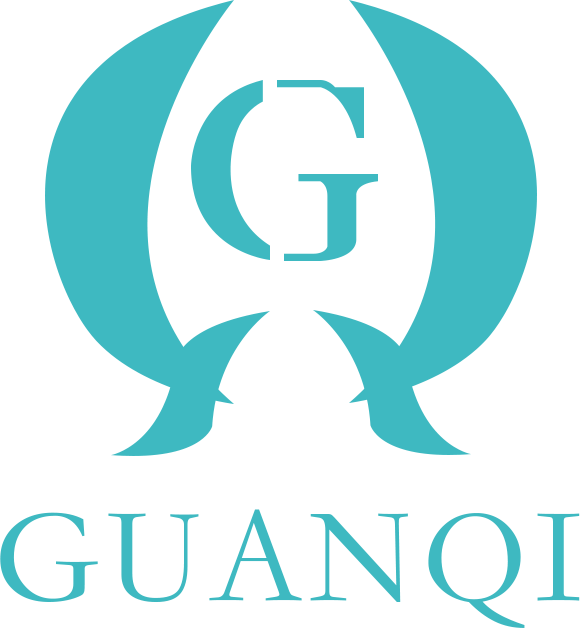The Ultimate Guide to Choosing Your Executive Table: Elevate Your Workspace with Style and Functionality
2025-07-08
The Ultimate Guide to Choosing Your Executive Table
Table of Contents
1. Understanding the Importance of an Executive Table
2. Key Considerations When Selecting an Executive Table
2.1 Size and Space Management
2.2 Material Choices for Durability and Style
2.3 Design and Aesthetic Appeal
2.4 Functionality and Workspace Efficiency
3. Popular Types of Executive Tables
3.1 Traditional Executive Desks
3.2 Modern Executive Tables
3.3 L-Shaped and U-Shaped Desks
3.4 Height Adjustable Tables
4. Matching Your Executive Table with Office Decor
5. Budgeting for Your Executive Table Purchase
6. Frequently Asked Questions (FAQs)
7. Conclusion
1. Understanding the Importance of an Executive Table
An executive table is more than just a piece of furniture; it serves as the cornerstone of a professional workspace. This table embodies not only functionality but also represents authority and stature within an office environment. A well-chosen executive table reflects personal style, corporate identity, and enhances the overall workspace aesthetic.
Choosing the right executive table impacts productivity, ergonomics, and even employee morale. Therefore, it’s essential to understand what makes an executive table suitable for your specific needs.
2. Key Considerations When Selecting an Executive Table
When it comes to choosing the perfect executive table, several essential factors come into play. Each of these considerations can significantly affect your choice and the overall feel of your workspace.
2.1 Size and Space Management
Before selecting an executive table, evaluate the available space in your office. Measure the area where the table will reside, considering the layout of other furniture and the flow of movement. A table that is too large can make an office feel cramped, while one that is too small may seem insignificant.
Aim for a size that allows for comfortable movement and accommodates necessary office equipment, such as computers, printers, and papers. As a rule of thumb, allow at least 36 inches of walking space around the table for optimal accessibility.
2.2 Material Choices for Durability and Style
The material of an executive table influences its durability, maintenance, and overall aesthetics. Common materials include:
- **Wood**: Classic and elegant, wooden tables can range from traditional mahogany to contemporary oak. They offer longevity and can be refinished.
- **Metal**: Combining strength with a modern look, metal tables often feature sleek designs and are easy to maintain.
- **Glass**: Offering a contemporary feel, glass tables can create an illusion of space and openness but require more upkeep to stay clean.
Deciding on a material involves balancing style with functionality and considering how it fits into the general office theme.
2.3 Design and Aesthetic Appeal
The design of your executive table should reflect personal style as well as the company's branding. Choose from traditional, modern, or minimalist designs based on your preferences and the overall decor of the office. The aesthetic appeal of your table contributes significantly to first impressions and can enhance your professional image.
Consider features such as:
- **Color**: Neutral tones offer versatility, while bold colors can create a statement.
- **Shape**: Rectangular tables provide a classic look, while round or oval tables can promote collaboration.
- **Finish**: A polished finish exudes sophistication, while a matte finish can impart a more casual feel.
2.4 Functionality and Workspace Efficiency
An executive table's primary purpose is to facilitate productivity. Consider your daily activities and what features you might need. Options include:
- **Integrated Storage**: Drawers and cabinets for organizing documents and office supplies.
- **Cable Management**: Solutions for keeping cords organized and out of sight.
- **Ergonomic Features**: Adjustable heights or shapes that promote a healthy posture while working.
The right balance of functionality and style can help create a more efficient workspace.
3. Popular Types of Executive Tables
The market offers a variety of executive tables, each catering to different needs and styles. Understanding these types can help narrow down your choices.
3.1 Traditional Executive Desks
These desks often feature rich wood finishes and intricate designs. They are perfect for those who favor a classic and timeless look. Traditional desks may include expansive surfaces for paperwork and built-in storage.
3.2 Modern Executive Tables
Modern designs emphasize clean lines and minimalistic forms. They often combine materials like wood with glass or metal. Such tables suit contemporary office environments and appeal to those who enjoy a fresh, updated look.
3.3 L-Shaped and U-Shaped Desks
These designs maximize workspace while providing ample surface area. L-shaped desks are ideal for multitasking, allowing for separate areas for working and meeting. U-shaped desks offer even more space and can create a more enclosed working environment.
3.4 Height Adjustable Tables
These tables cater to ergonomics by allowing users to switch between sitting and standing positions. Height adjustable desks promote better posture and can enhance overall well-being during long working hours.
4. Matching Your Executive Table with Office Decor
The synergy between your executive table and office decor is crucial for creating cohesion within the workspace. Consider factors such as color schemes, complementary furniture pieces, and decorative accents when making your choice.
Opt for a style that aligns with your office’s theme, whether it’s corporate, creative, or casual. Matching the table with other furniture, such as chairs and storage solutions, can enhance the overall aesthetic while promoting an inviting atmosphere.
5. Budgeting for Your Executive Table Purchase
Cost is a significant consideration when selecting an executive table. Prices can vary widely based on material, brand, and design. Establish a budget before you start shopping, keeping in mind that investing in a high-quality table can pay off in the long run through durability and style.
Consider potential additional costs, such as delivery and assembly fees. Look for options that offer warranties or guarantees to ensure your investment is protected.
6. Frequently Asked Questions (FAQs)
Q1: What is the best material for an executive table?
A1: The best material depends on personal preference and office needs. Wood offers durability and classic aesthetics, while metal is sleek and modern. Glass provides a contemporary look but may require more maintenance.
Q2: How much space should I allocate for an executive table?
A2: Ideally, allocate at least 36 inches of walking space around the table to ensure comfortable movement and accessibility.
Q3: Are height-adjustable tables worth the investment?
A3: Yes, height-adjustable tables promote better posture and can improve overall health by allowing users to alternate between sitting and standing.
Q4: How do I match my executive table with my office decor?
A4: Consider the overall color scheme, style, and materials of your office. Choose a table that complements these elements for a cohesive look.
Q5: What are the key features to look for in an executive table?
A5: Look for integrated storage solutions, cable management, and ergonomic features to enhance functionality and workspace efficiency.
7. Conclusion
Choosing the right executive table is a significant decision that affects not only your workspace's aesthetics but also your productivity and comfort. By considering factors such as size, material, design, and functionality, you can find a table that meets your needs while enhancing your professional environment. Remember to budget wisely and match your table with your office decor for a cohesive workspace. With careful consideration and planning, your executive table can become a centerpiece that elevates both your workspace and your professional image.
Previous page
Previous page:
Recommended news








